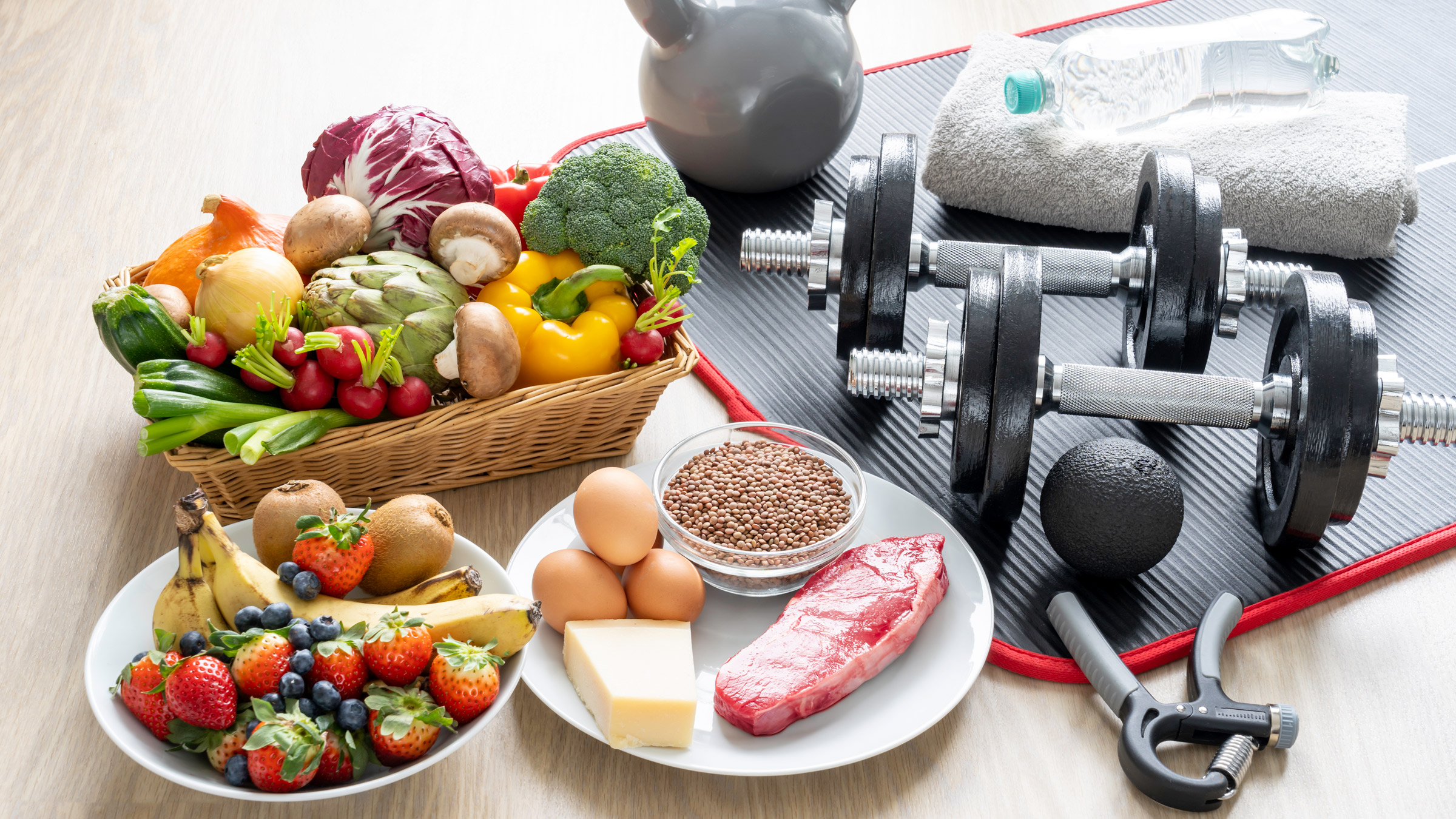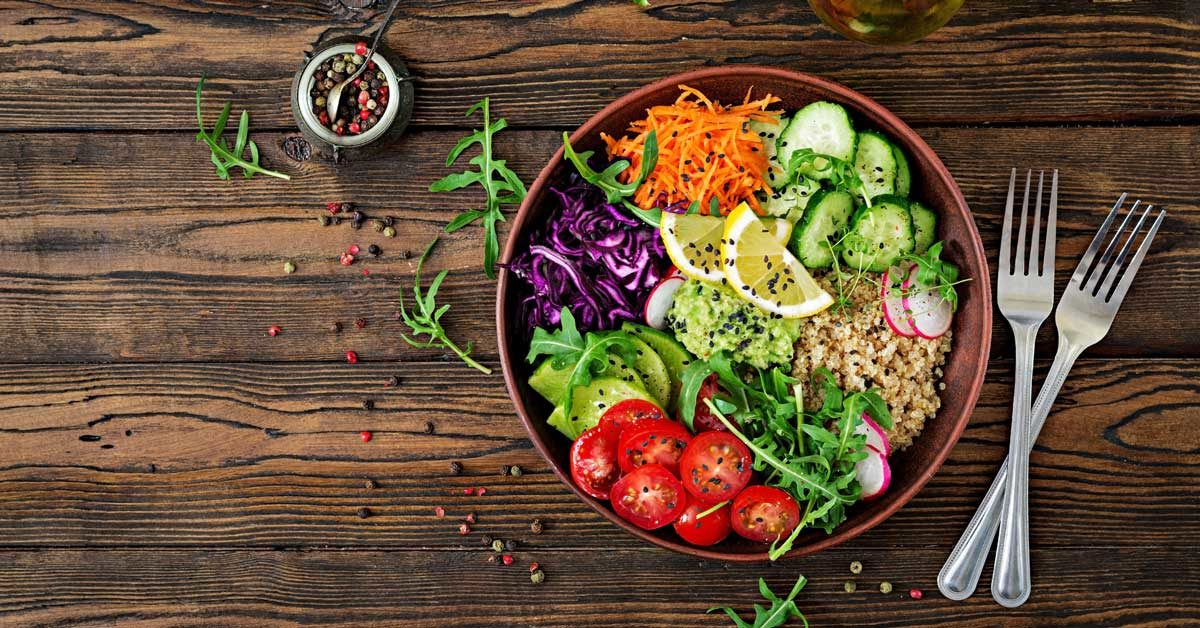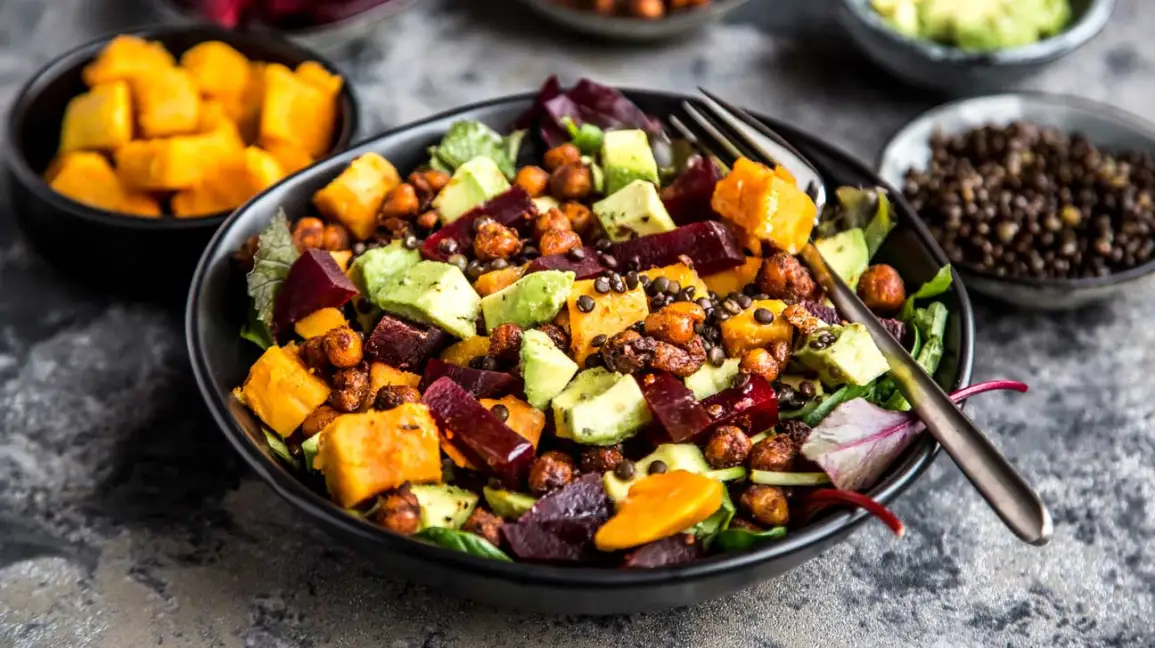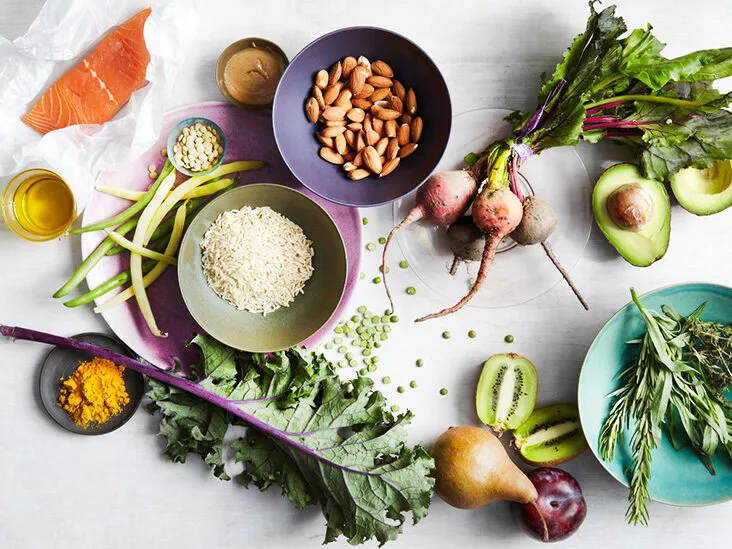A Comprehensive Diet and Exercise Routine for Optimal Health
Maintaining a healthy lifestyle is crucial for overall well-being

Maintaining a healthy lifestyle is crucial for overall well-being. A well-balanced diet and regular exercise form the foundation of a healthy routine. We will delve into creating a diet plan catering to vegetarians and non-vegetarians. We will also discuss essential nutrients, sugar intake, and the importance of vitamins, calcium, zinc, and iron. Additionally, we will outline an exercise routine that combines workouts, and yoga and sets achievable fitness goals.
Diet Routine:
1. Vegetarian and Non-Vegetarian Food Plans:

a) Vegetarian: Focus on plant-based foods such as fruits, vegetables, legumes, whole grains, nuts, and seeds. Incorporate a variety of sources of protein such as tofu, tempeh, lentils, chickpeas, and quinoa.
b) Non-Vegetarian: Include lean sources of protein like fish, poultry, and eggs. Balance the meal with whole grains, fruits, vegetables, and healthy fats.
2. Fat and Cholesterol Intake:

a) Healthy Fats: Incorporate sources like avocados, nuts, seeds, and olive oil. These provide essential fatty acids and can help regulate cholesterol levels.
b) Limit Saturated and Trans Fats: Minimize the consumption of fried foods, processed snacks, and fatty meats. These can raise cholesterol levels and contribute to heart disease.
3. Protein Requirements:

Ensure an adequate protein intake for muscle repair and growth. Vegetarians can rely on plant-based protein sources mentioned earlier, while non-vegetarians can opt for lean meats, fish, and dairy products.
4. Sugar Intake:

a) Minimize Added Sugars: Limit consumption of sugary beverages, processed snacks, and desserts. These can contribute to weight gain and increase the risk of chronic diseases.
b) Natural Sugars: Opt for fruits as a source of natural sugars while providing essential fiber and nutrients.
5. Vitamins, Calcium, Zinc, and Iron:

a) Include a variety of colorful fruits and vegetables to obtain a broad range of vitamins and minerals.
b) Dairy products, fortified plant-based milk, and leafy green vegetables are excellent sources of calcium.
c) To ensure sufficient zinc and iron intake, include legumes, whole grains, nuts, and seeds in your diet.
Exercise Routine:
1. Time the Workouts:

a) Morning: Start your day with a cardio-based workout like running, cycling, or swimming. This helps boost metabolism and provides energy for the day.
b) Afternoon/Evening: Incorporate strength training exercises using weights, resistance bands, or body weight. These exercises build muscle mass and improve overall strength.
2. Yoga Structure and Poses:

a) Warm-up: Begin with gentle stretching and deep breathing exercises.
b) Asanas: Perform a combination of standing, seated, and inverted poses like Warrior Pose, Tree Pose, and Downward Dog. Focus on flexibility, balance, and core strength.
c) Relaxation: End each session with a few minutes of Savasana (corpse pose) to relax the body and mind.
3. Fitness Goals:

a) Set realistic goals: Assess your current fitness level and set achievable targets for weight loss, muscle gain, or endurance improvement.
b) Track progress: Keep a record of your workouts, measurements, and milestones achieved. This will help you stay motivated and make adjustments when necessary.
Conclusion:
Designing a diet and exercise routine requires careful consideration of individual preferences and health goals. Whether you follow a vegetarian or non-vegetarian diet, focus on a balanced approach that includes essential nutrients while limiting unhealthy fats and sugars.
Combine regular exercise, including both cardio and strength training, with yoga to enhance physical and mental well-being. Remember to set achievable fitness goals and stay committed to the journey of improving your health.

